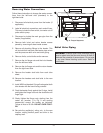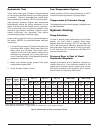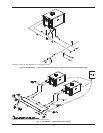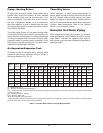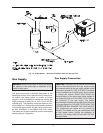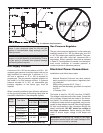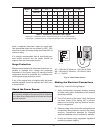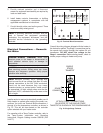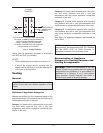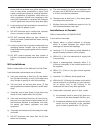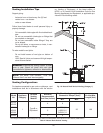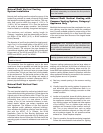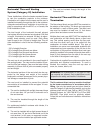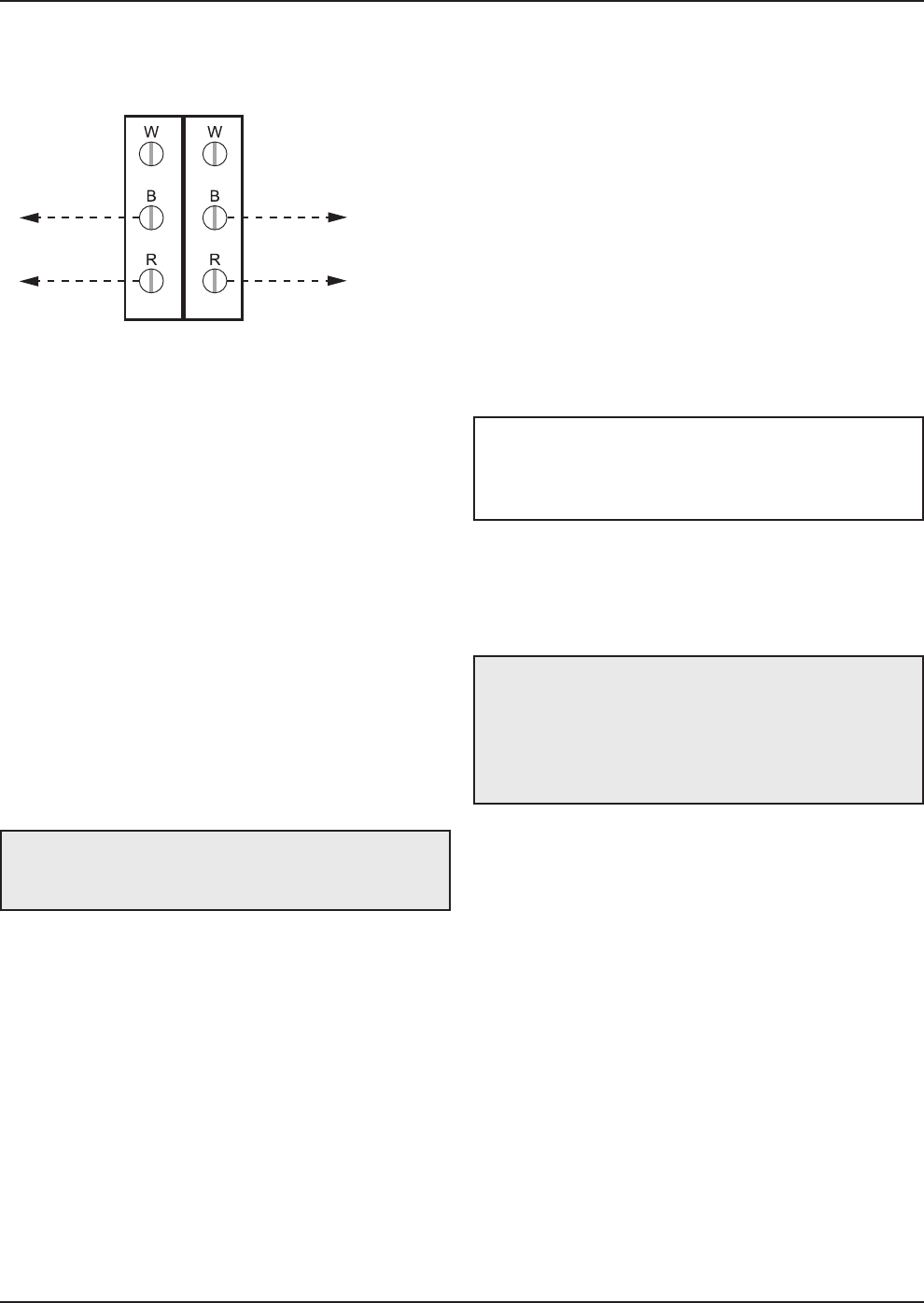
Category II. A heater which operates with a non-posi-
tive vent static pressure and with a vent gas
temperature that may cause excessive condensate
production in the vent.
Category III. A heater which operates with a positive
vent pressure and with a vent gas temperature that
avoids excessive condensate production in the vent.
Category IV. A heater which operates with a positive
vent pressure and with a vent gas temperature that
may cause excessive condensate production in the
vent.
See Table I for appliance category requirements for
the Hi Delta.
Determination of Appliance
Category for Venting Purposes and
Venting Arrangements
21
2-STAGE
TANKSTAT
STAGE 1
CONNECTION
STAGE 2 CONNECTION OR
STAGE 1 CONNECTION
OF HEATER 2
A
TTACH STAGE 1 CONNECTIONS ON HEATER
TO STAGE 1 CONNECTION ON TANKSTAT.
ATTACH STAGE 2 CONNECTIONS OR
STAGE 1 CONNECTION OF HEATER 2
TO STAGE 2 CONNECTION ON TANKSTAT
AS SHOWN IN THE DIAGRAM.
Fig. 17: 2-Stage Tankstat
Heater must be electrically grounded in accordance
with NEC and C22.1(in Canada).
NOTES:
1. Field installed ground to inside of junction box.
2. If any of the original wire as supplied with the
heater must be replaced, it must be replaced with
105°C wire or its equivalent.
Venting
General
Definition of Appliance Categories
Heaters are divided into four categories based on the
pressure produced in the exhaust and the likelihood of
condensate production in the vent.
Category I. A heater which operates with a non-posi-
tive vent static pressure and with a vent gas
temperature that avoids excessive condensate pro-
duction in the vent.
CAUTION: Proper installation of flue venting is
critical for the safe and efficient operation of the
heater.
NOTE: For additional information on appliance
categorization, see appropriate ANSI Z21 Standard
and the NFGC (U.S.), or B149 (Canada), or
applicable provisions of local building codes.
WARNING: Contact the manufacturer of the vent
material if there is any question about the appliance
categorization and suitability of a vent material for
application on a Category III or IV vent system.
Using improper venting materials can result in
personal injury, death or property damage.



